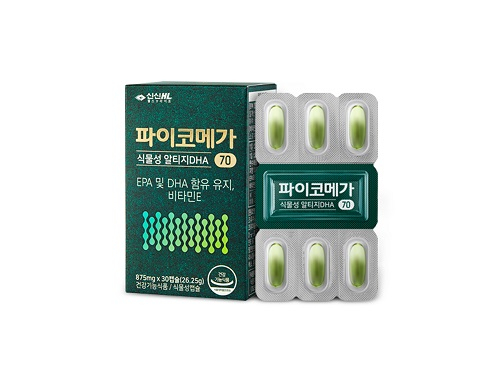
The number of young dementia patients in their 4-50s is increasing rapidly. According to data from the Health Insurance Review and Assessment Service, in 2019, there were 1,151 dementia patients under the age of 40 in Korea, and 35,608 people aged 40 to 59, an annual average increase of 15%. The number of patients with mild cognitive impairment, which is the pre-dementia stage, also increased significantly, and 276,000 people occurred in 2019, of which 20% of the patients were under the age of 65.
Brain cells begin to decrease rapidly after the age of 30 and are affected by various environmental factors. In particular, in the modern society, the number of people suffering from constant stress, lack of sleep, depression, etc. is increasing, and thus the number of patients with cognitive impairment and dementia at a young age is increasing.
In order to protect brain health, improvement of basic lifestyle habits such as healthy eating and constant exercise is the first priority, and for more active management, it is good to take omega 3 directly. Omega 3 is a major component of cell membranes that make up our body’s tissues, consisting of DHA and EPA, and the ratio varies depending on the product. Among them, DHA is the most important thing for brain health.
60% of the brain is fat, and 20% of that fat is made up of DHA. DHA is a major component of not only the brain, but also the nervous tissue and retinal tissue of the eye.It activates brain cells to improve memory and learning ability, as well as prevent senile dementia, improve allergies, and prevent adult diseases such as heart disease and high blood pressure. Plays a role. Therefore, it is necessary to consume omega 3 rich in DHA before the symptoms of memory decline to slow down the decrease of brain cells and maintain brain health.
In addition, DHA is an important component not only for adults who are concerned about dementia, but also for young children.DHA is also included in breast milk, so it plays an important role in brain and visual development of the fetus and early infancy of pregnant women. A workshop sponsored by the National Institutes of Health (NIH) and the International Society for the Study of Fatty Acids and Lipids (ISSFAL) recognized the importance of DHA intake for pregnant and nursing mothers and recommended 200 mg of DHA per day for pregnant and nursing mothers. Sufficient DHA intake is necessary even from infancy, when brain growth is most active, to early teens. In fact, a study from Oxford University in the UK found that blood DHA levels affect children’s ability to read and learn.
When choosing omega-3s rich in DHA, choosing a plant-based product is the first thing. Microalgae, one of the raw materials from which omega 3 can be extracted, refers to single-celled organisms that are 50㎛ or less thinner than hair in the sea, and are rich in DHA. Krill, enchobi, and tuna, which often come to mind when it comes to omega 3, also accumulate DHA by feeding on microalgae. Among microalgae, it is known that there is a high content of DHA in a species called Schizochytrium, so it is important to consider the raw materials as well.
Once the DHA content is confirmed, the purity and absorption rate in the body should also be considered, but the third-generation rTG type, which is recently adopted by many products, is similar to the natural molecular form, so the absorption rate in the body and bioavailability are high.
Online JoongAng Ilbo
![]()
